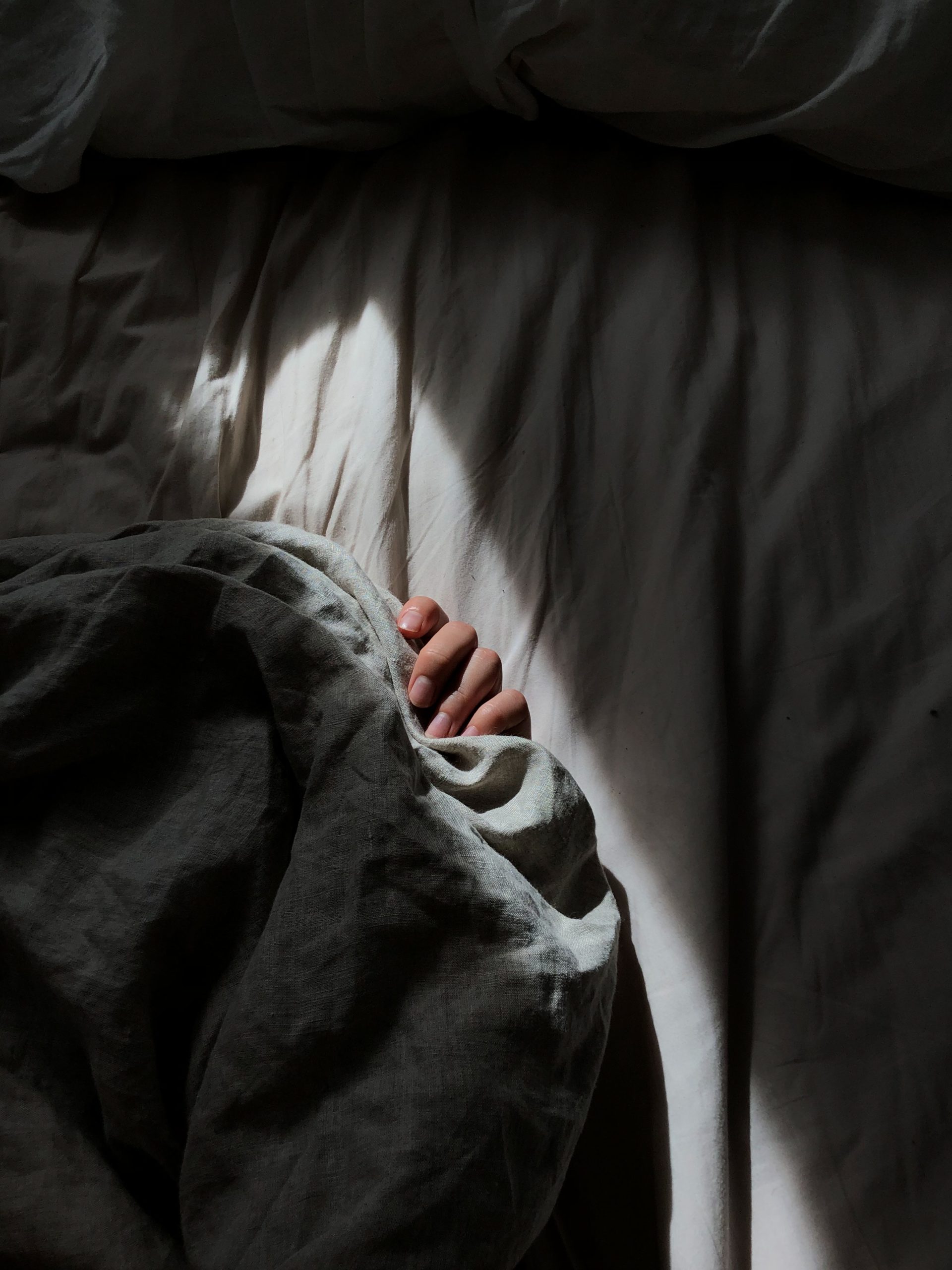Not getting a good night’s sleep? Your home lighting could be the culprit. Before you go to bed at night, your need to think about winding down. If you are in an environment with lots of bright lighting, it will keep you feeling wakeful so it may take you longer to get to sleep. This may seem obvious. After all, we all prefer to sleep in darkness, so it makes sense that a dimmer light will soothe us to sleep. But it also works on a scientific level. A warmer light signals the brain to produce melatonin, the hormone responsible for making us sleepy. It lets our bodies know that it’s time to rest. It also interacts with our retinas that are in tune with our body’s eternal clock and can produce signals that falsely tell us it’s daytime. So the question is, what lighting should we use to promote a better sleep? Here are a few recommendations.
Are LEDs the Best for Lighting at Night?
LED lightbulbs are a popular choice for people with energy efficiency in mind. However, they emit a blue tinted light similar to that which the sun emits. So, while they might be great for the office, they are not the best for a sleeping environment.
When you are getting ready to go to sleep, it’s best to move to a location that has amber hued lighting, ideally with a light temperature between 2400- and 3000-degrees Kelvin.
But if you prefer LED bulbs you can install dimmable, color changing ones that produce a more relaxing vibe. You can adjust them over the course of the day or use a smart lighting system that adjusts them automatically.
Positioning Matter Too
The positioning of your lighting also plays a role in helping you get a good night’s sleep. Overhead lighting is reminiscent of the sun and can keep you feeling wakeful. At night, you will want to switch to accent lights, floor lights and table lamps to create a more relaxed setting.
Best Nightlight Colors
Many people use a nightlight so they will have some sort of illumination when they get up to use the bathroom. Children may want a nightlight to counter a fear of the dark.
The nightlight you use should not keep you awake at night and the color of the nightlight will play a major role in the wakefulness factor.
Red or any hue along a warmer spectrum is best. It won’t interrupt your circadian rhythm. Red light has even been used in therapy to promote relaxation.
Colors like blue and green inhibit melatonin production making it difficult to get to sleep. The functioning in your retinas will be sensitive to these colors negatively affecting your ability to get much needed shut eye.
A good night’s sleep is so important. The lighting in your home is key when it comes to getting the rest you need. What do you do to promote a relaxing vibe that’s best for promoting a relaxing atmosphere?
If you have questions please give us a call at (773) 866-0220 or visit our website for consultation.


